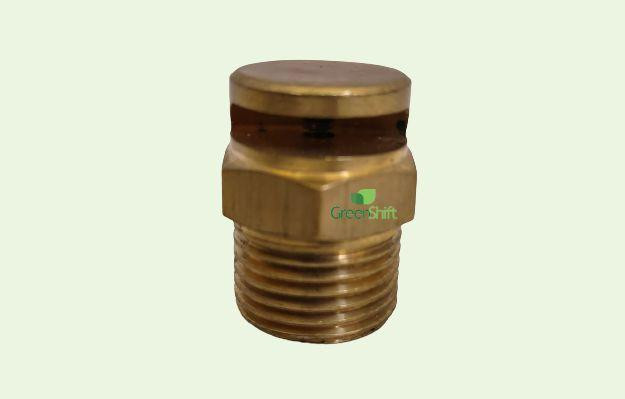In modern agriculture, efficient and effective spray application is essential for maximizing crop yields while minimizing resource wastage. Central to this process are agricultural spray nozzles, which play a crucial role in distributing pesticides, fertilizers, and other agricultural inputs accurately onto crops. However, optimizing spray nozzles requires a nuanced understanding of various factors such as nozzle types, application techniques, and environmental considerations. Here's a comprehensive guide to stepping up your agricultural spray nozzles for improved farm performance.
Understanding Spray Nozzle Types:
Agricultural spray nozzles come in a variety of types, each designed for specific applications and conditions. Broadly categorized as hydraulic and air-assisted nozzles, hydraulic nozzles are commonly used for conventional spray applications, while air-assisted nozzles offer enhanced drift control and coverage, ideal for specialty crops or sensitive environments. Within these categories, factors like droplet size, spray pattern, and flow rate further differentiate nozzle types, with options ranging from conventional flat fan nozzles to advanced technology such as air-induction nozzles.
Factors Influencing Nozzle Selection:
Selecting the right spray nozzle involves considering multiple factors, including crop type, target pest or nutrient, desired coverage, and environmental conditions. For example, larger droplets generated by low-pressure nozzles may be suitable for windy conditions to minimize drift, while finer droplets produced by high-pressure nozzles can improve coverage on dense crop canopies. Additionally, nozzle spacing, boom height, and travel speed also impact spray deposition and uniformity, requiring careful calibration to optimize application efficiency.
Precision Agriculture Technologies:
Advancements in precision agriculture have revolutionized spray application through technologies such as variable rate application (VRA) and global positioning systems (GPS). VRA enables customized application rates based on spatial variability in soil characteristics or crop health, optimizing input usage and minimizing environmental impact. GPS-guided systems ensure accurate positioning and coverage, reducing overlap and waste while enabling precise boundary definition for targeted treatments.
Mitigating Environmental Impact:
Efforts to minimize environmental impact and comply with regulatory standards are driving the adoption of eco-friendly spray practices. Techniques like pulse-width modulation (PWM) control allow precise control over droplet size and application rate, reducing drift and off-target movement of chemicals. Furthermore, integrating drift-reducing adjuvants or employing buffer zones near water bodies can mitigate the risk of contamination and safeguard ecosystems.
Maintenance and Calibration:
Regular maintenance and calibration are essential for ensuring optimal performance and prolonging the lifespan of agricultural spray nozzles. This includes cleaning and inspecting nozzles for clogs or wear, as well as verifying flow rates and spray patterns through calibration tests. Additionally, keeping abreast of technological advancements and industry best practices can help farmers stay ahead in maximizing the efficiency and efficacy of their spray equipment.
Future Trends and Innovations:
Looking ahead, ongoing research and innovation continue to drive advancements in agricultural spray technology. Developments in precision application systems, such as drone-based spraying or autonomous vehicles, offer potential for further improvements in efficiency, accuracy, and sustainability. Moreover, the integration of artificial intelligence and machine learning algorithms holds promise for predictive modeling of spray outcomes, enabling real-time decision support for optimized crop management.
In conclusion, enhancing agricultural spray nozzles involves a multifaceted approach encompassing nozzle selection, application techniques, environmental considerations, and technological innovations. By understanding the nuances of spray application and leveraging cutting-edge technologies, farmers can achieve higher yields, reduce input costs, and minimize environmental impact, thereby ensuring the sustainability and profitability of modern agriculture.

